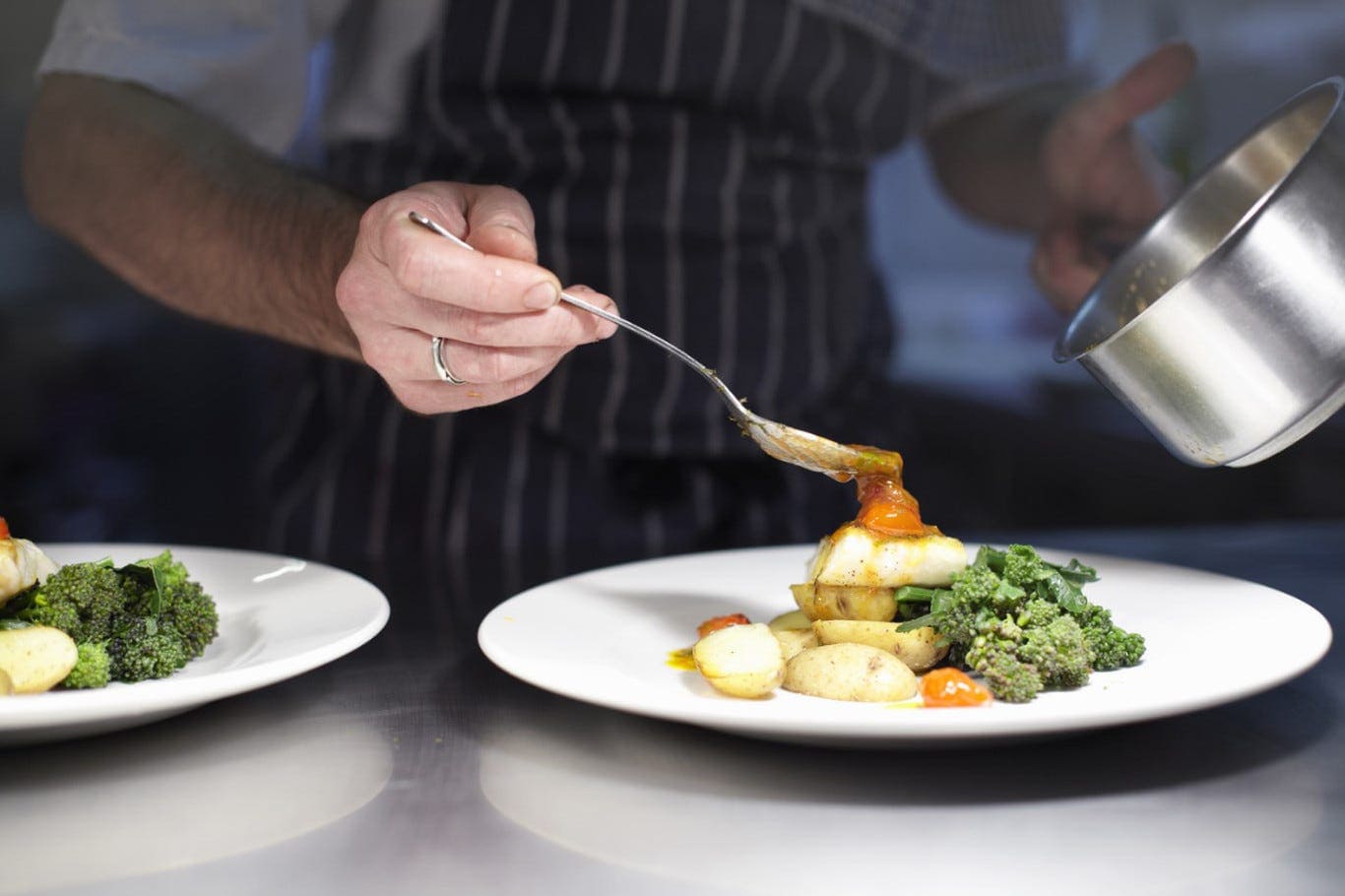Introduction:
Kitchens, the heart of every home, are a testament to cultural diversity and culinary evolution. As we traverse the globe, we encounter an array of kitchens that reflect the unique lifestyles, traditions, and innovations of their respective regions. This exploration unveils a captivating tapestry of culinary artistry, where ingredients, techniques, and design harmonize to create distinct culinary identities. From the bustling street food stalls of Southeast Asia to the sleek, minimalist kitchens of Scandinavia, the differences in kitchen cultures offer a fascinating lens through which we can appreciate the rich tapestry of global gastronomy.
Traditional European Kitchens: A Symphony of Elegance
In the heart of Europe, kitchens are often characterized by timeless elegance and a commitment to culinary craftsmanship. The classic French kitchen, with its copper pots, intricate knife sets, and emphasis on precision, stands as a testament to culinary refinement. Italian kitchens, on the other hand, celebrate rustic simplicity, with an emphasis on fresh, high-quality ingredients. As we journey through the continent, we witness a mosaic of culinary traditions, each contributing to the rich gastronomic heritage of Europe.
Asian Fusion: Where Tradition Meets Innovation
Venturing into Asia, kitchens transform into vibrant arenas of sensory delight. From the sizzling woks of Chinese kitchens to the aromatic spice blends of Indian culinary spaces, Asia boasts a kaleidoscope of flavors and techniques. The communal aspect of Asian kitchens often reflects the importance of shared meals and familial bonds. In Japan, the precision of sushi preparation contrasts with the boldness of street food in Thailand, showcasing the immense diversity within the continent’s kitchens.
The Melting Pot of the Americas: From Street Food to Gourmet
As we cross the Atlantic, the kitchens of the Americas reveal a fusion of indigenous ingredients and diverse cultural influences. Latin American kitchens, for example, are a celebration of bold colors, spices, and a deep connection to the land. In North America, the fast-paced environment of urban kitchens contrasts with the slow-cooking traditions of the American South. From the lively street food scenes in Mexico City to the avant-garde culinary experiments in New York. The kitchens of the Americas encapsulate a dynamic blend of tradition and innovation.
African Kitchens: Where Heritage Takes Center Stage
The kitchens of Africa are a testament to the continent’s rich tapestry of cultures and culinary traditions. Traditional African kitchens often center around communal cooking, with a strong emphasis on locally sourced ingredients. From the flavorful tagines of North Africa to the spicy stews of West Africa, each region contributes its unique flavors and techniques. Creating a culinary mosaic that reflects the diversity of the African continent.
Scandinavian Simplicity: Minimalism in the Kitchen
In Northern Europe, particularly Scandinavia, kitchens take on a minimalist and functional design. The focus is on clean lines, natural materials, and an appreciation for simplicity. Scandinavian kitchens often prioritize locally sourced, seasonal ingredients, reflecting a commitment to sustainability. The sleek, modern designs of Nordic kitchens showcase a harmonious blend of aesthetics and functionality.
Conclusion:
In the realm of kitchens, diversity reigns supreme. From the traditional elegance of European kitchens to the vibrant chaos of Asian markets. And the fusion of flavors in the Americas to the heritage-rich kitchens of Africa, each region contributes to the global mosaic of culinary artistry. Exploring these kitchens offers not only a feast for the senses but also a profound understanding of the cultural. Historical, and social aspects that shape the way we cook and eat. As we celebrate the differences in kitchens worldwide. We also discover the universal language that binds us all – the love for good food and the joy of sharing it with others.





